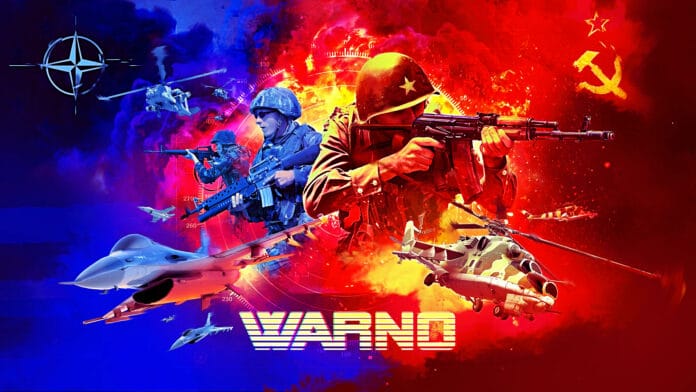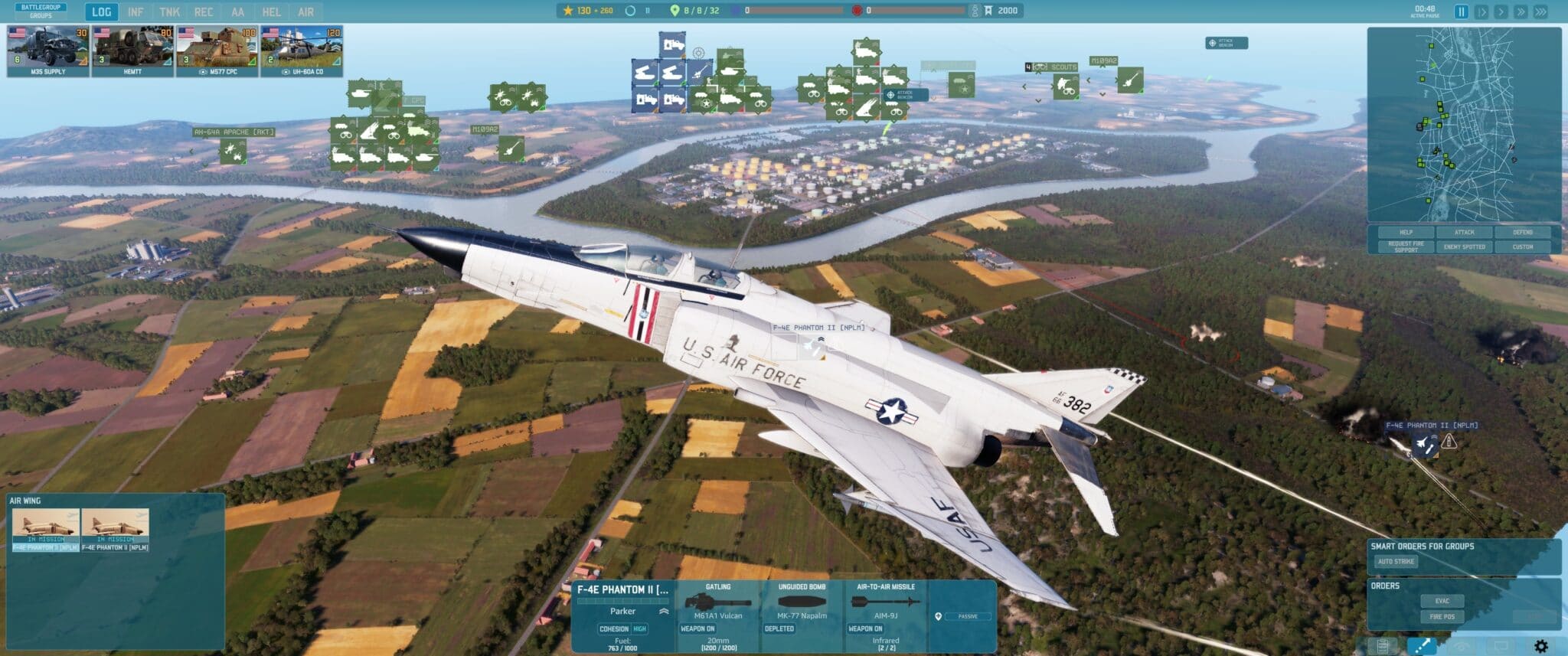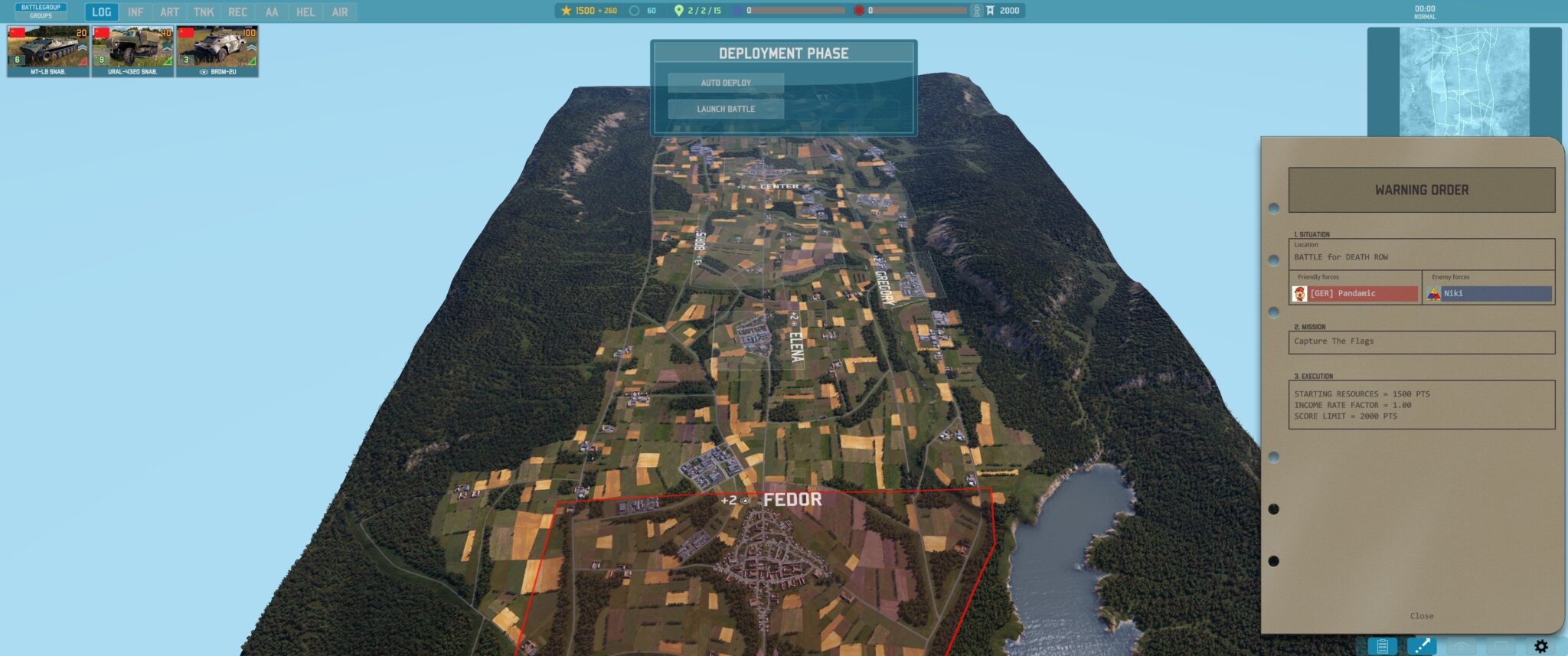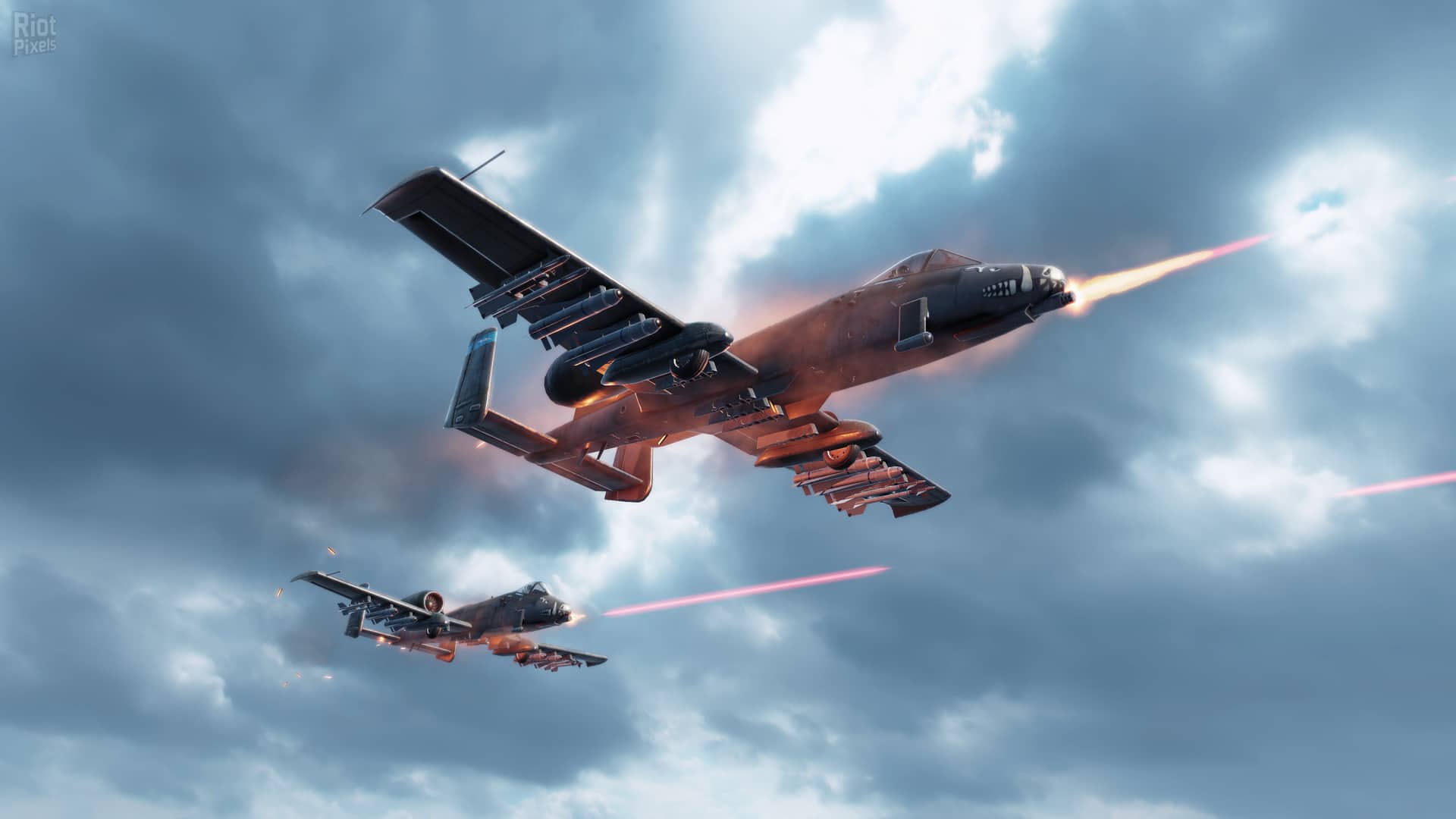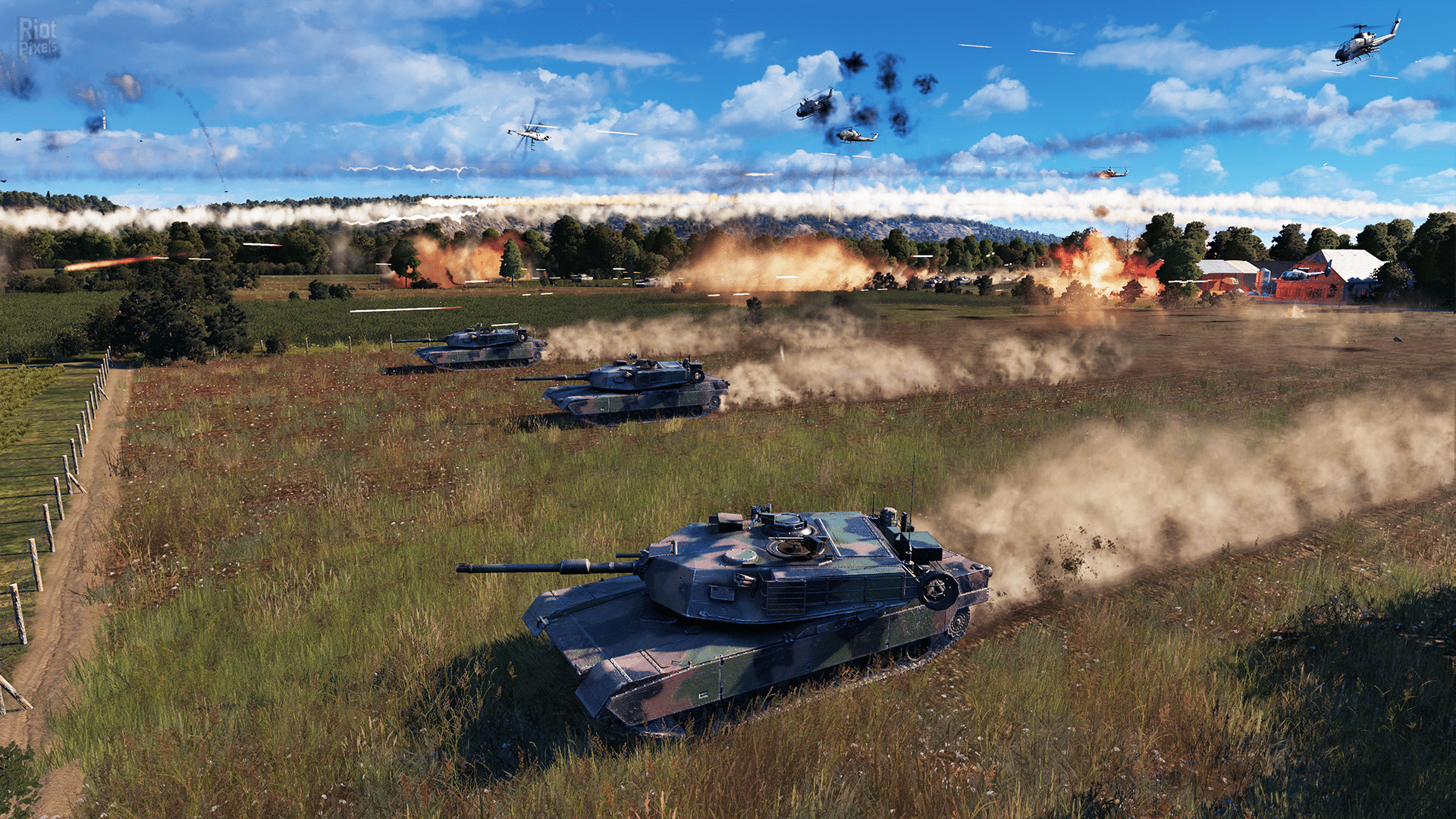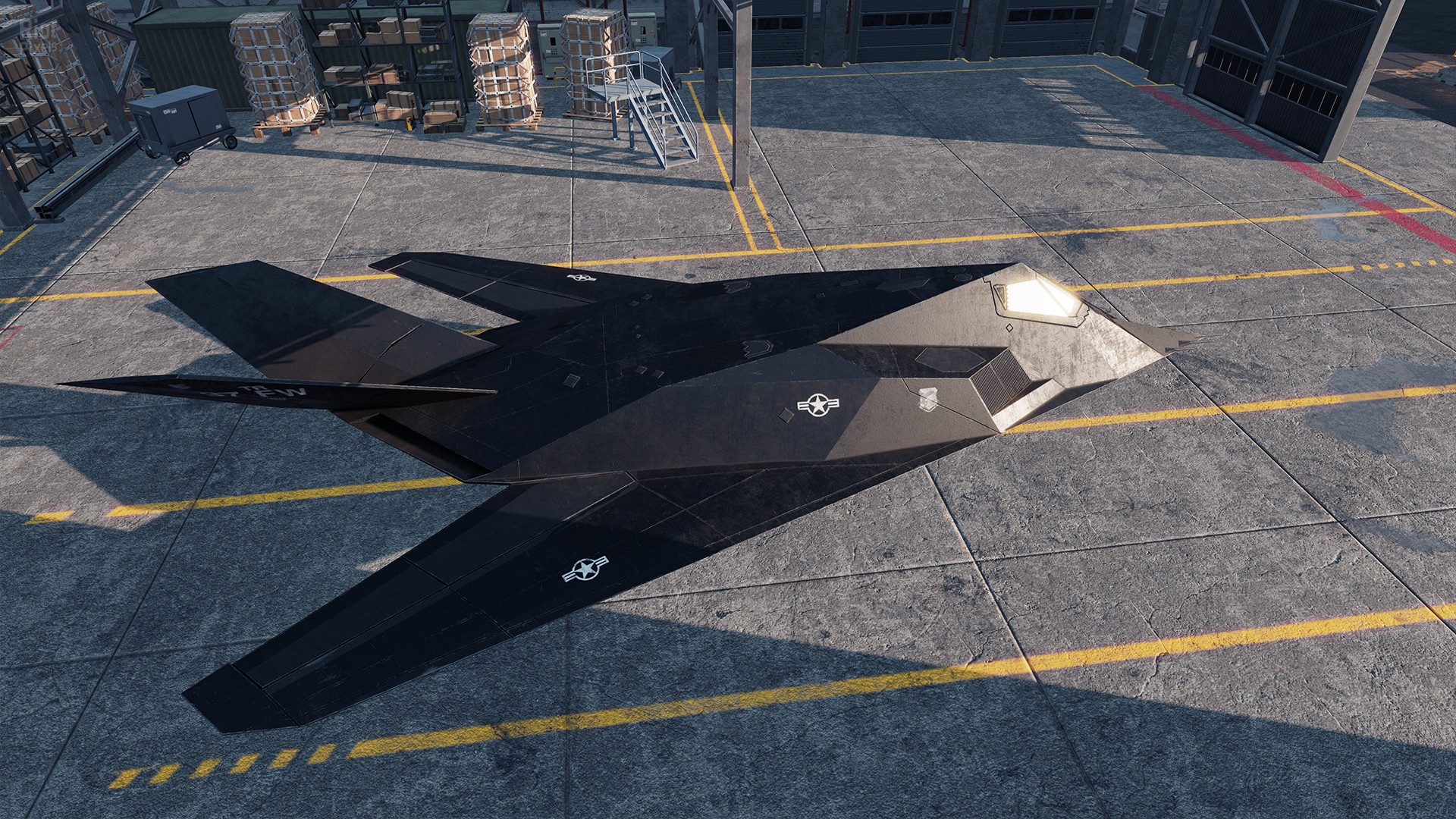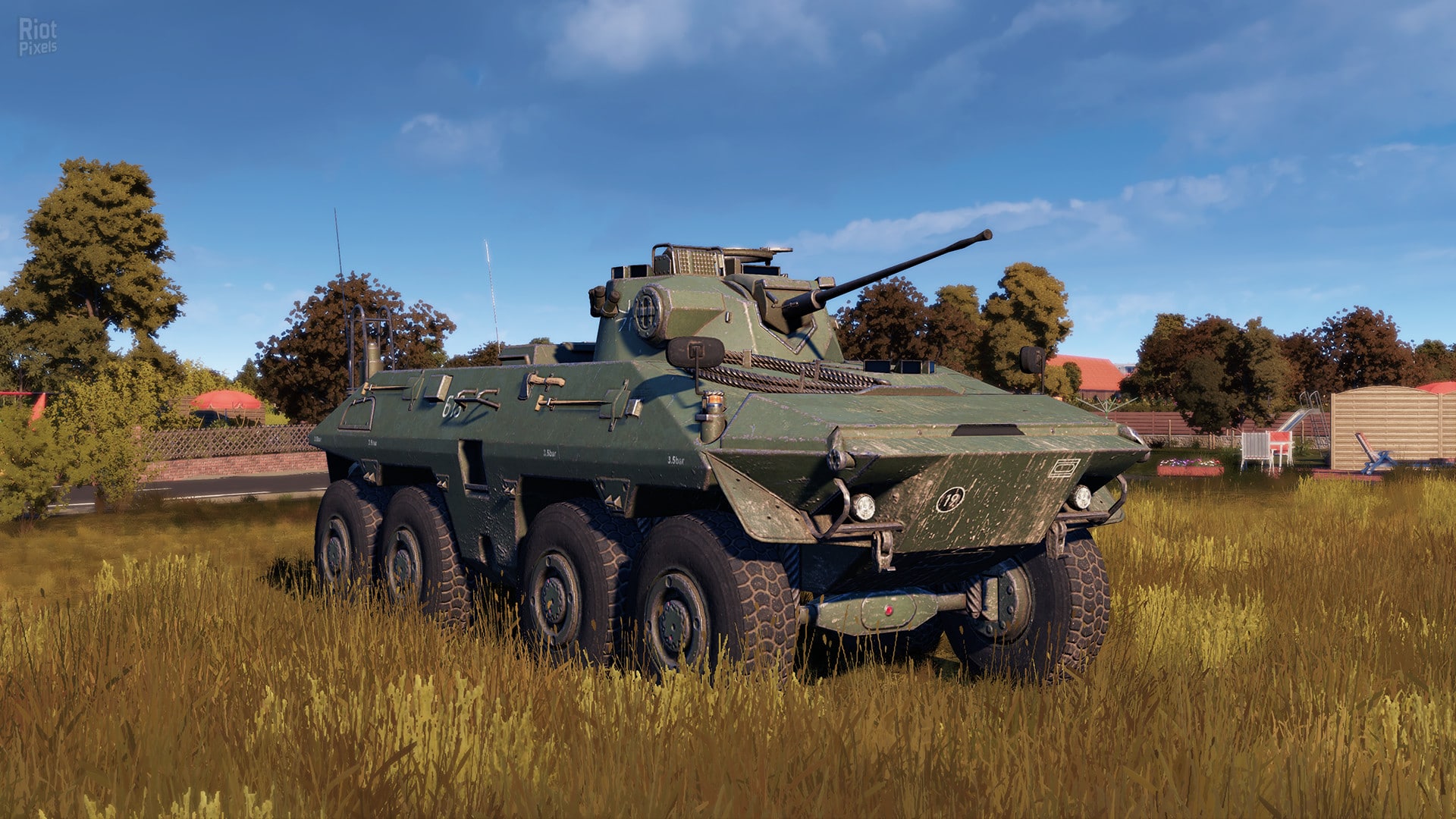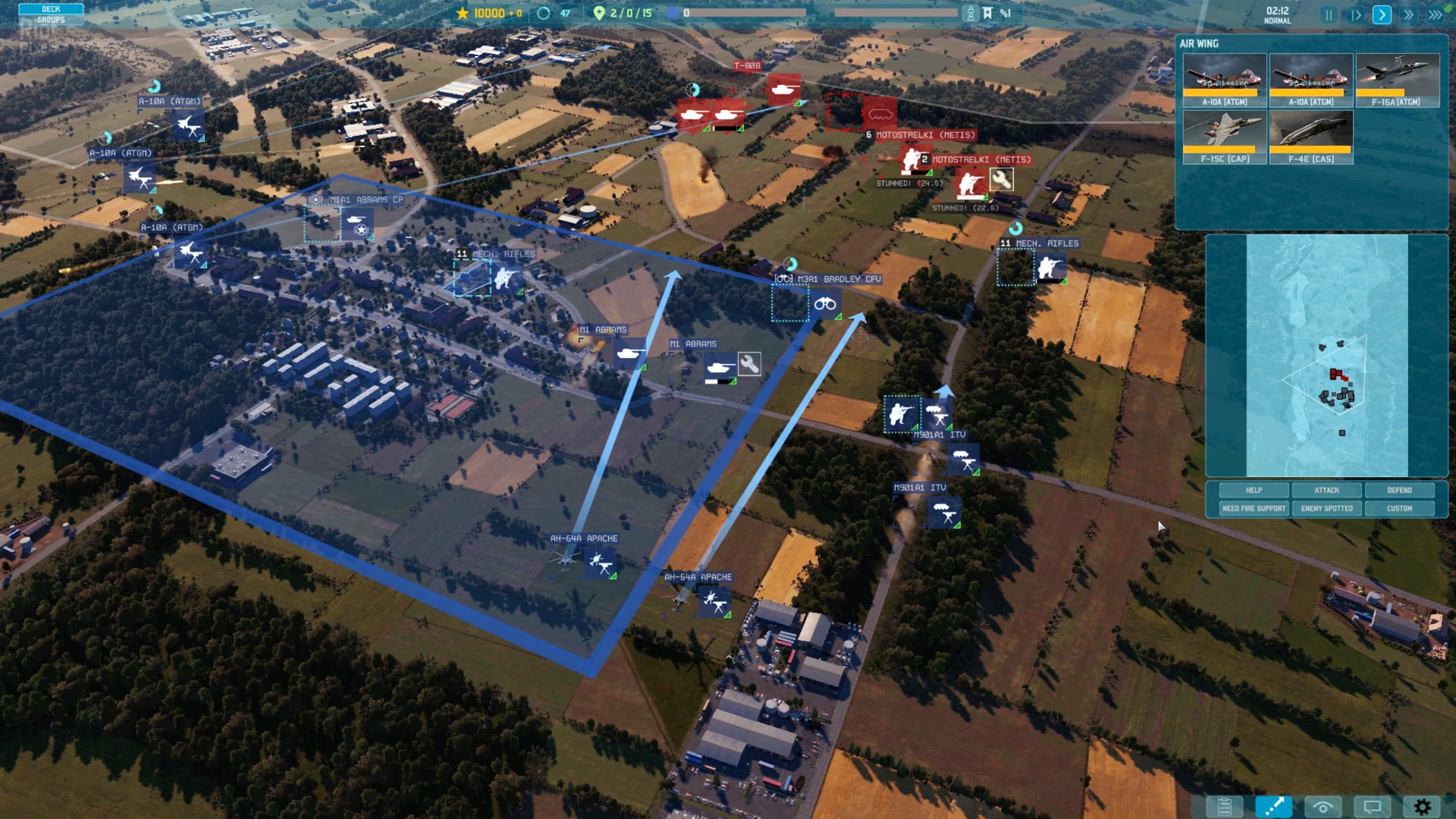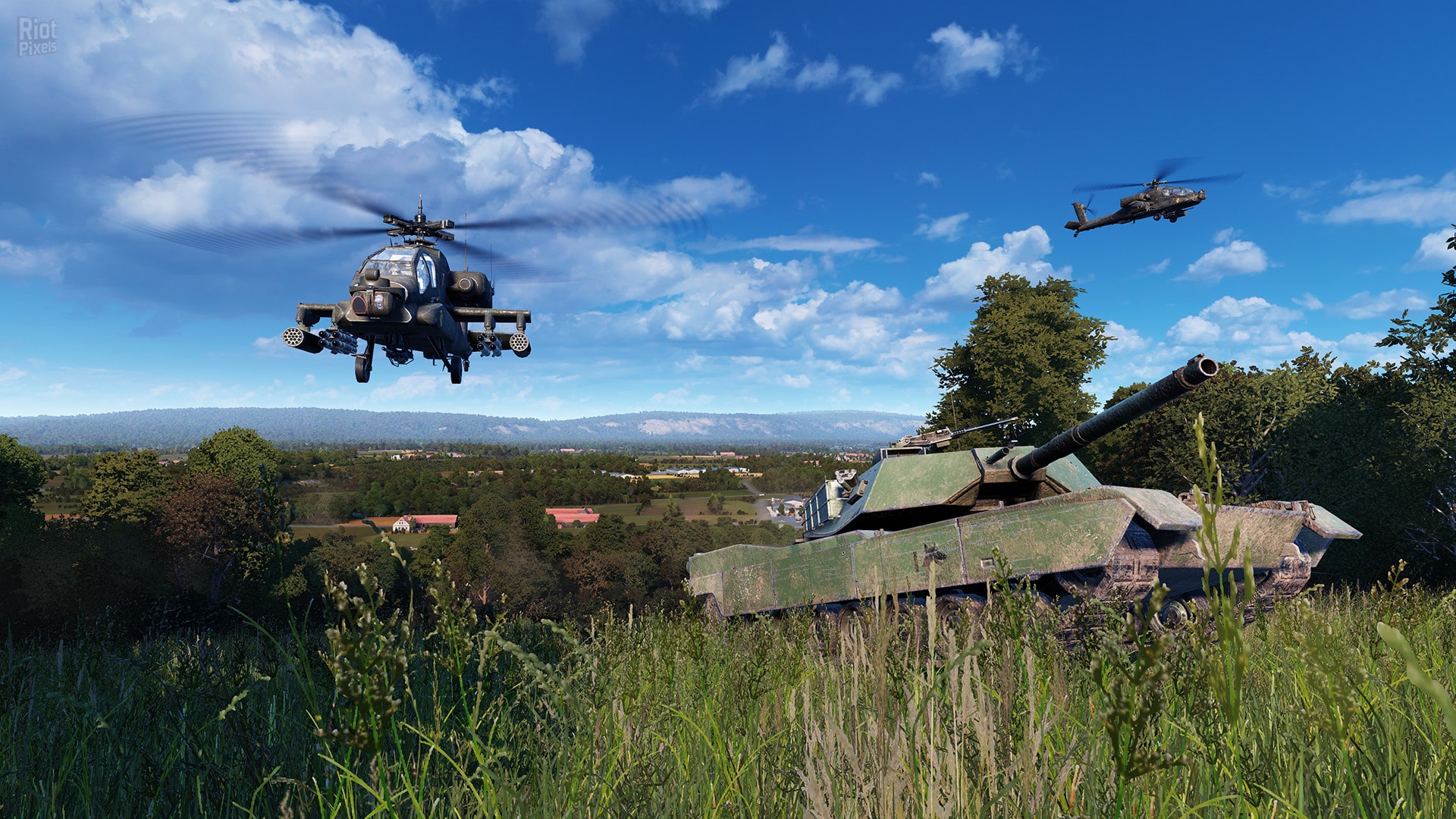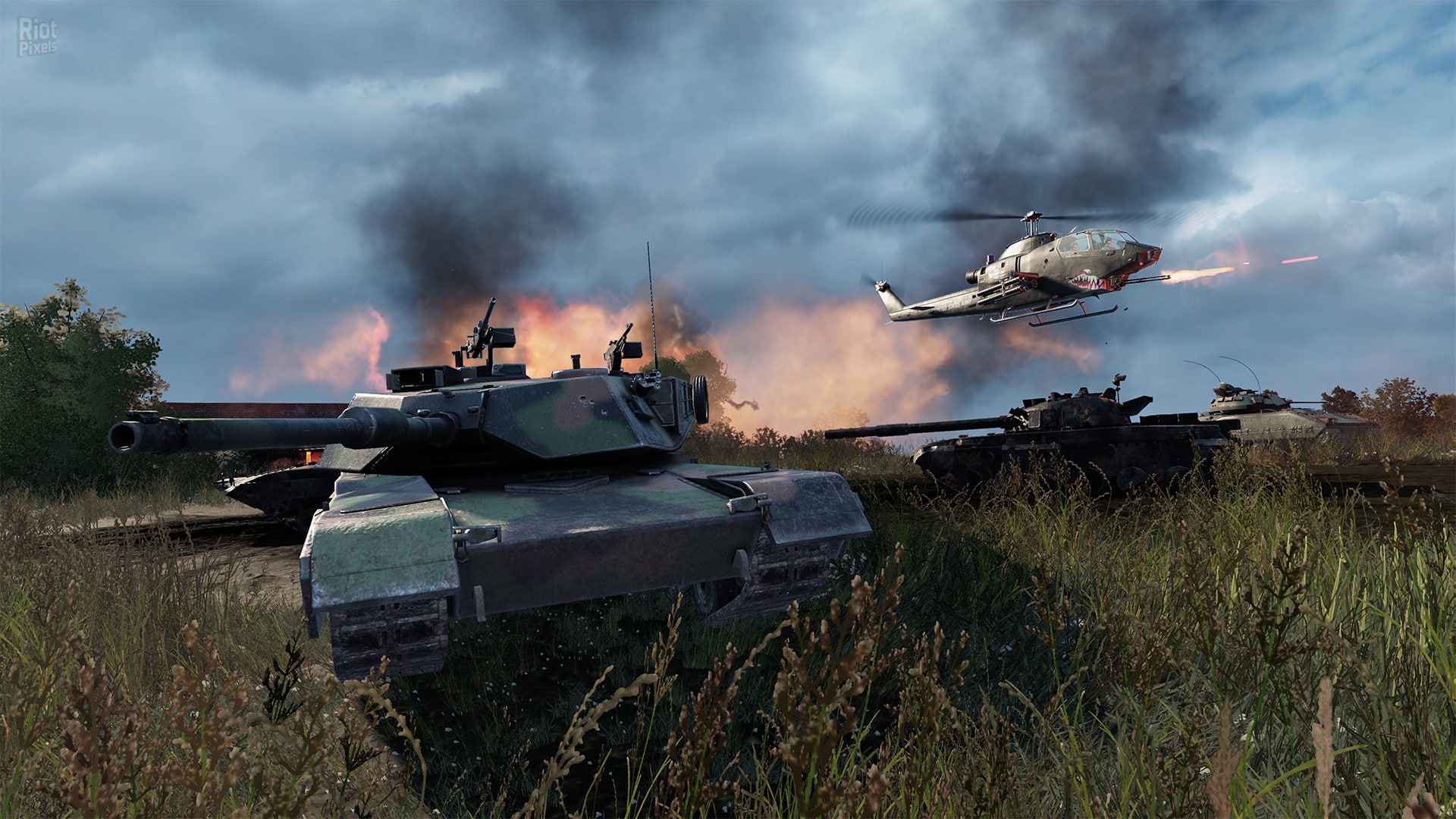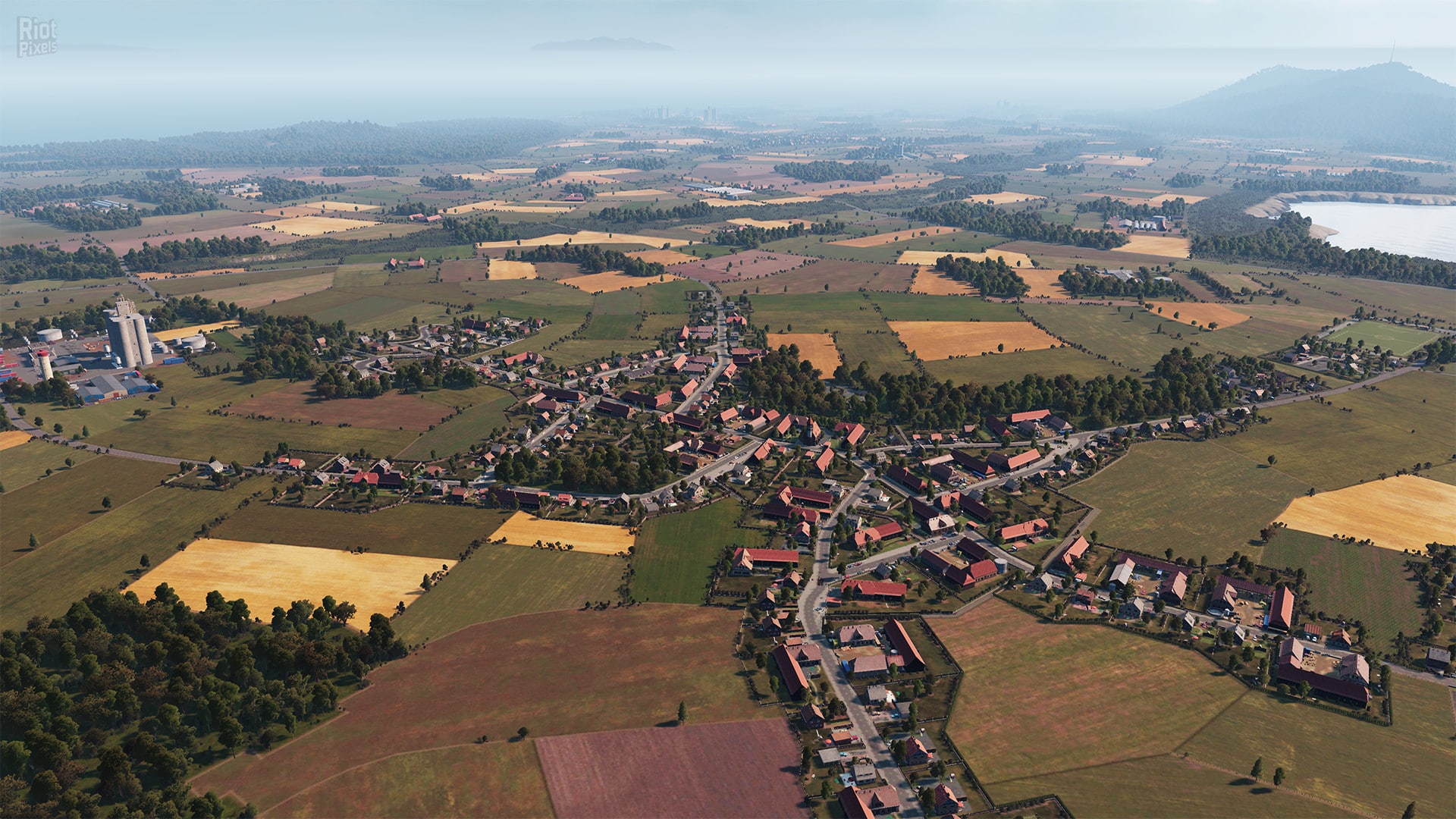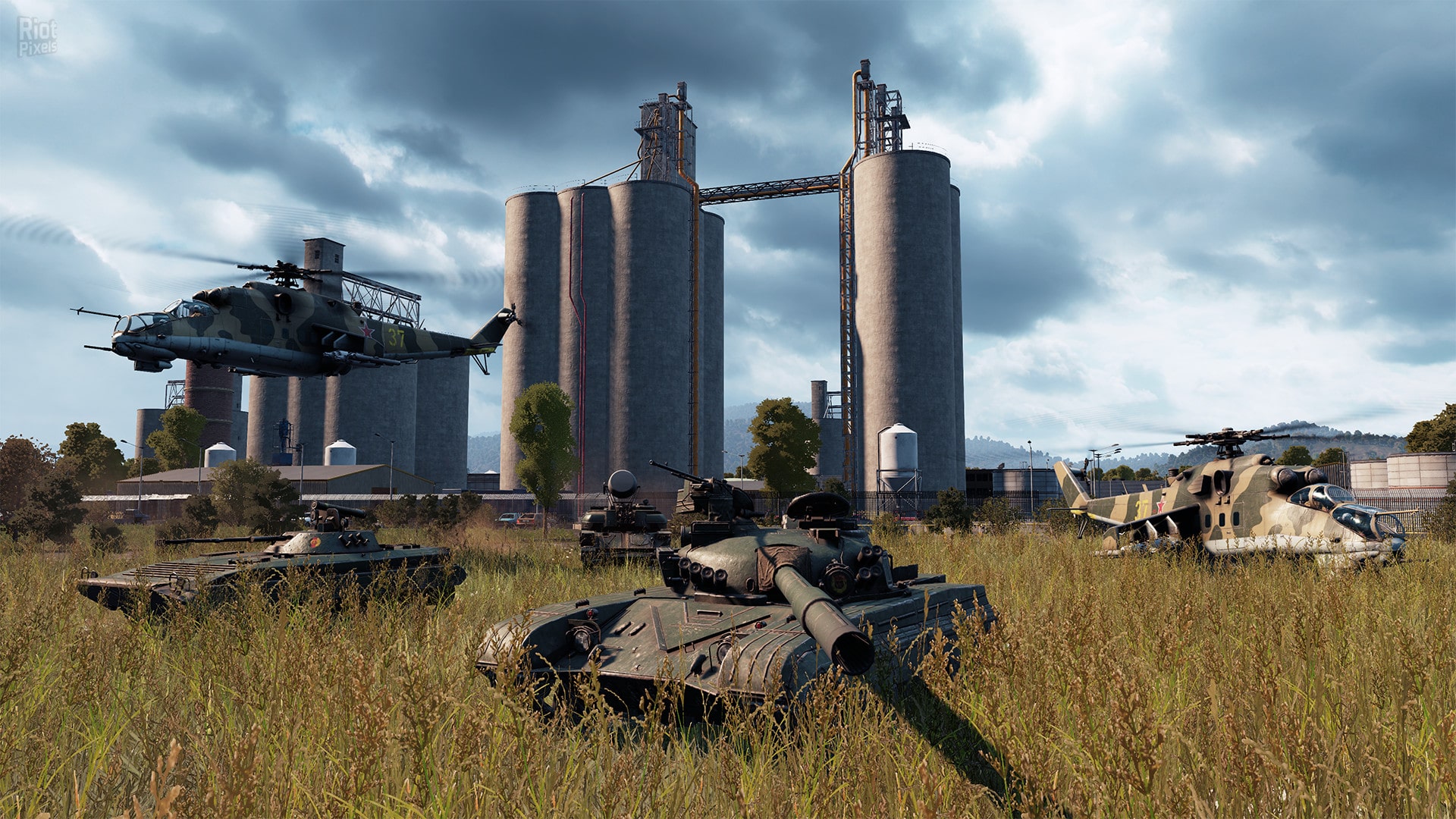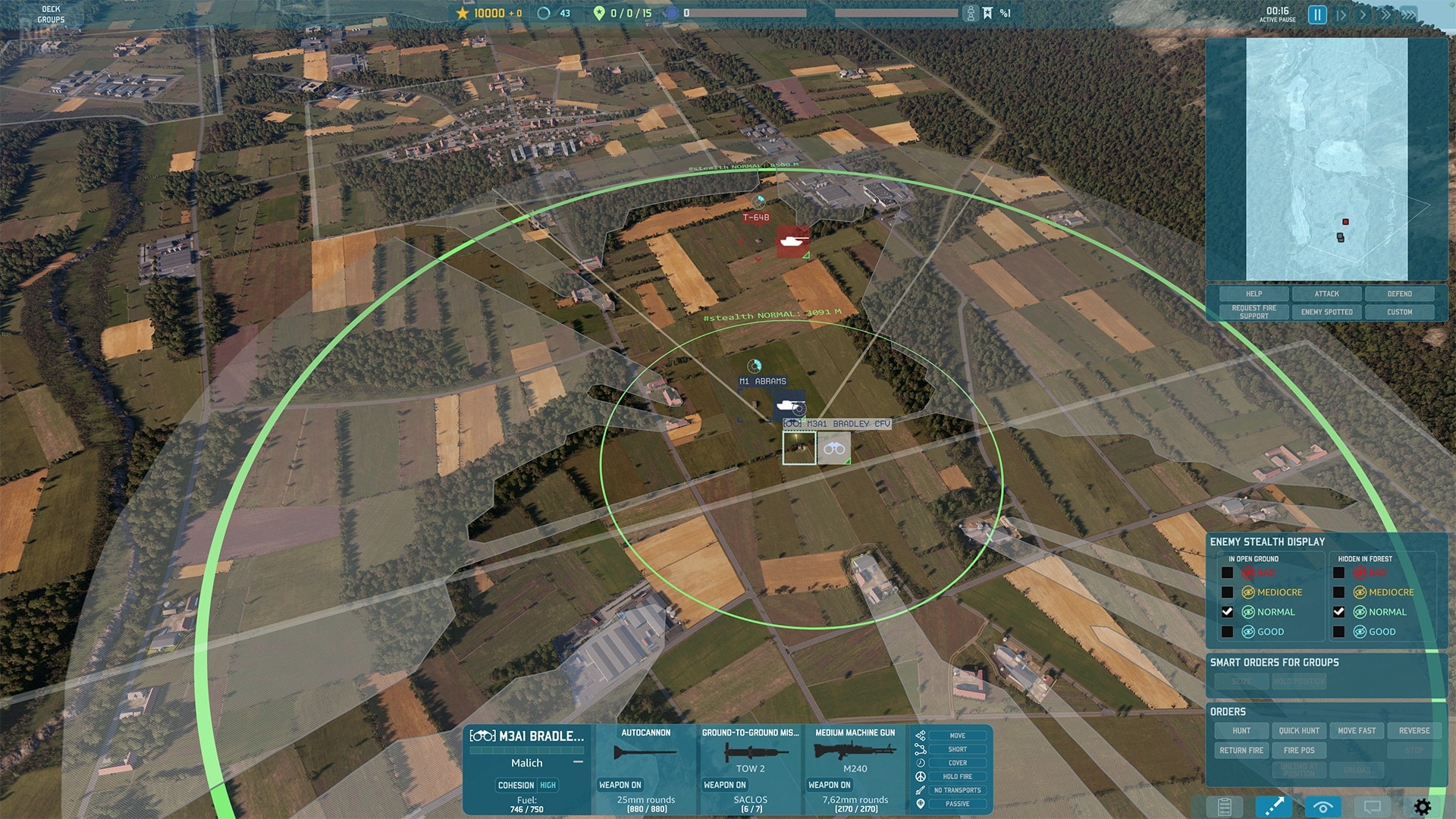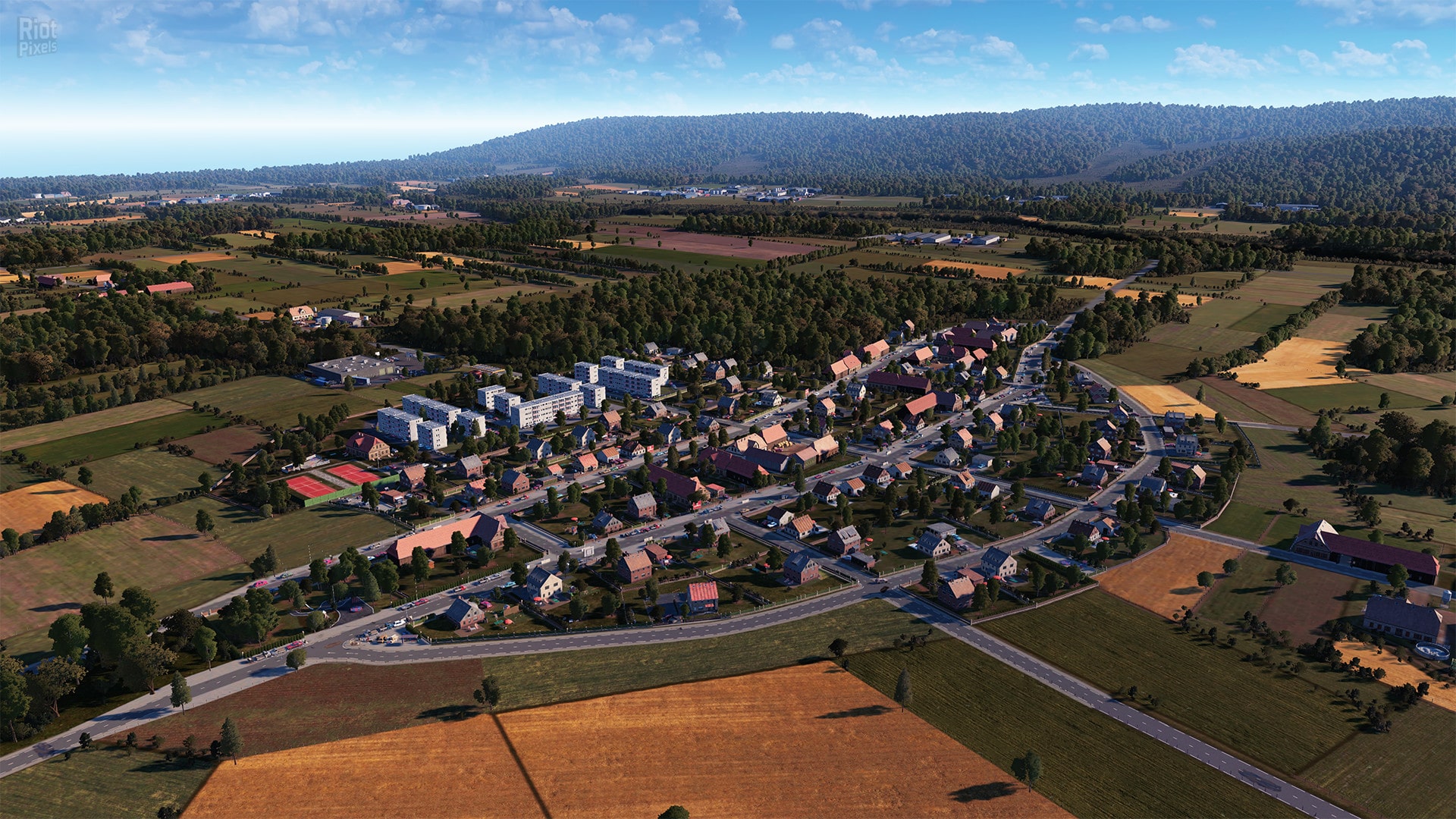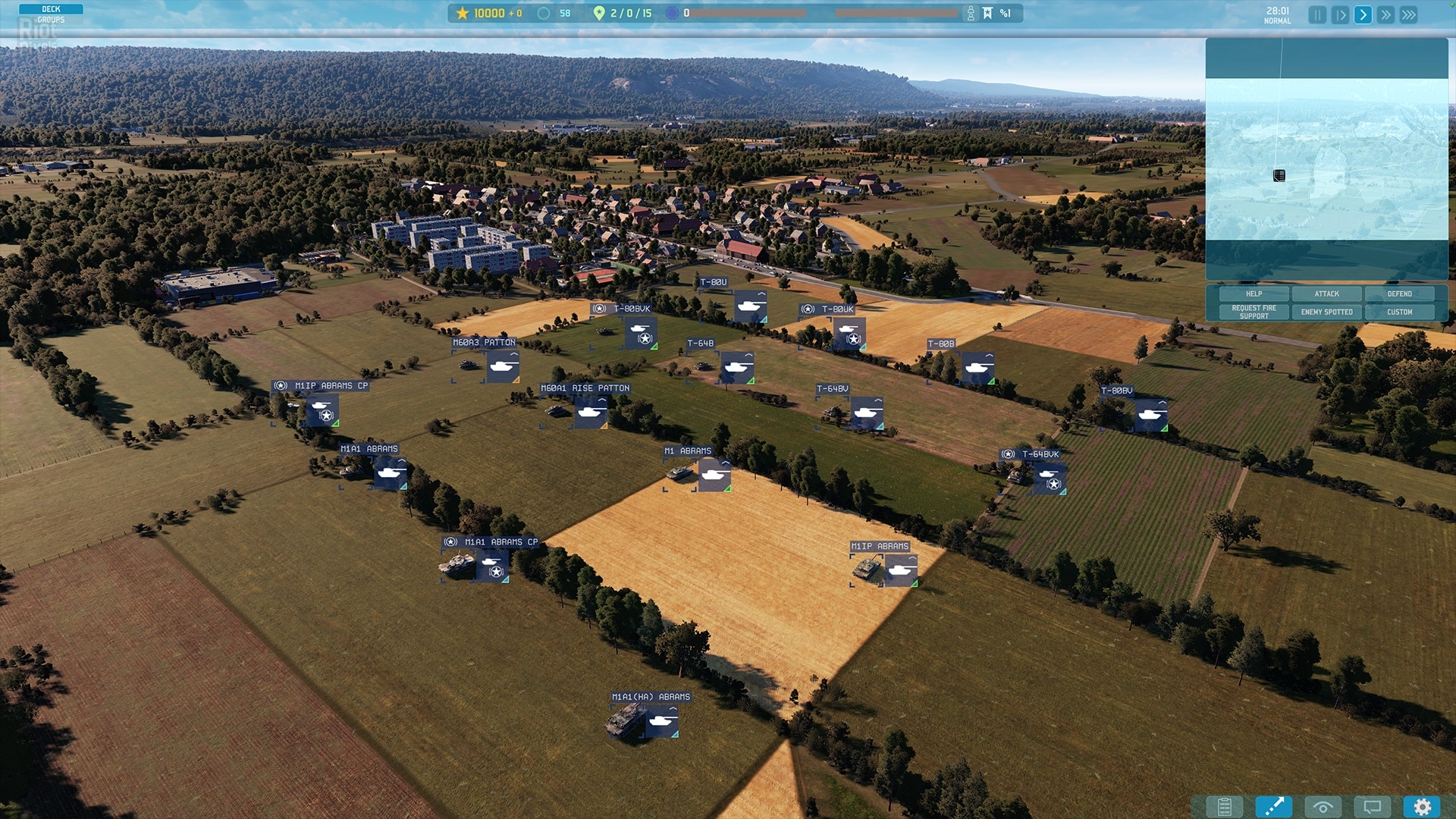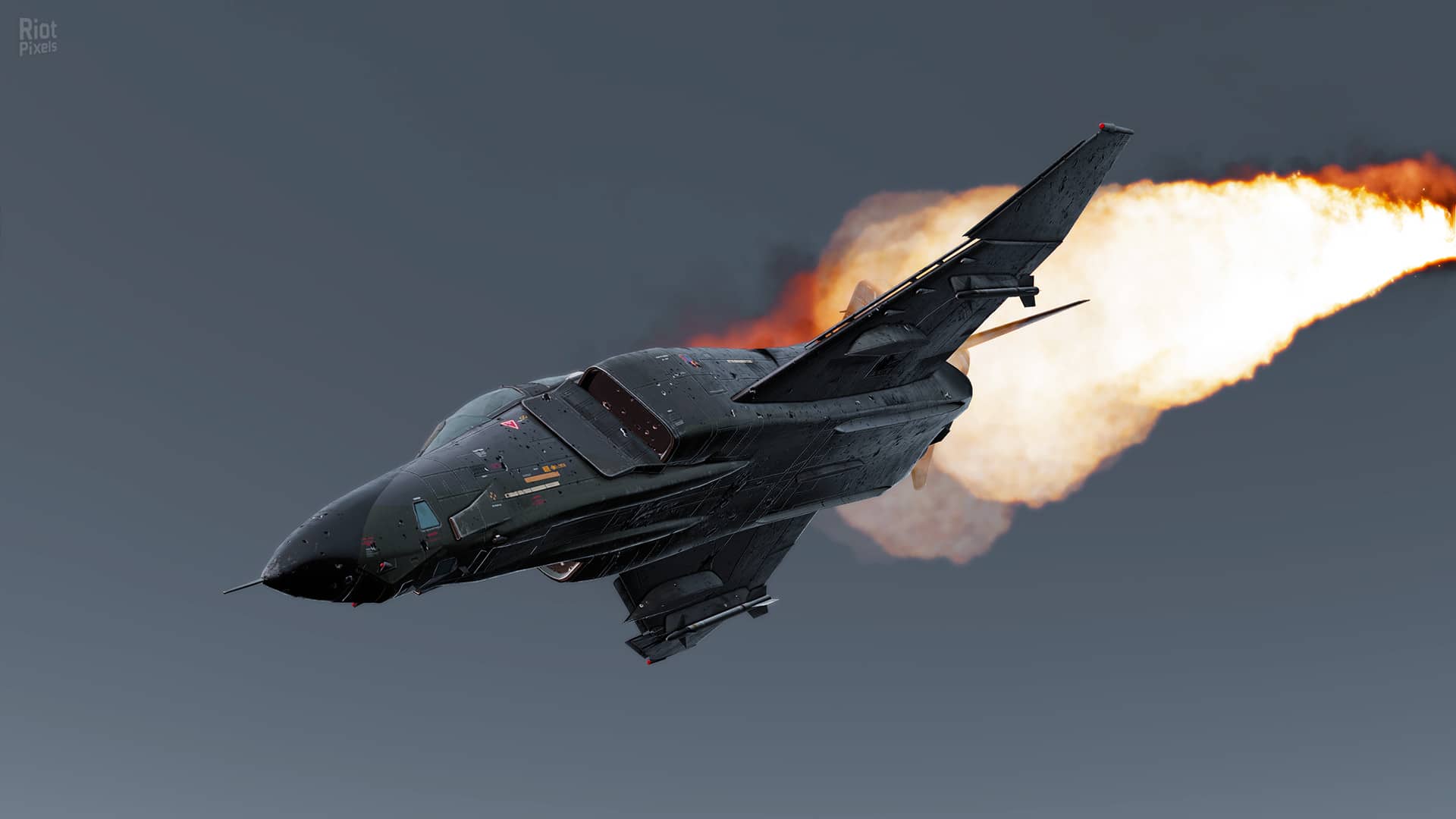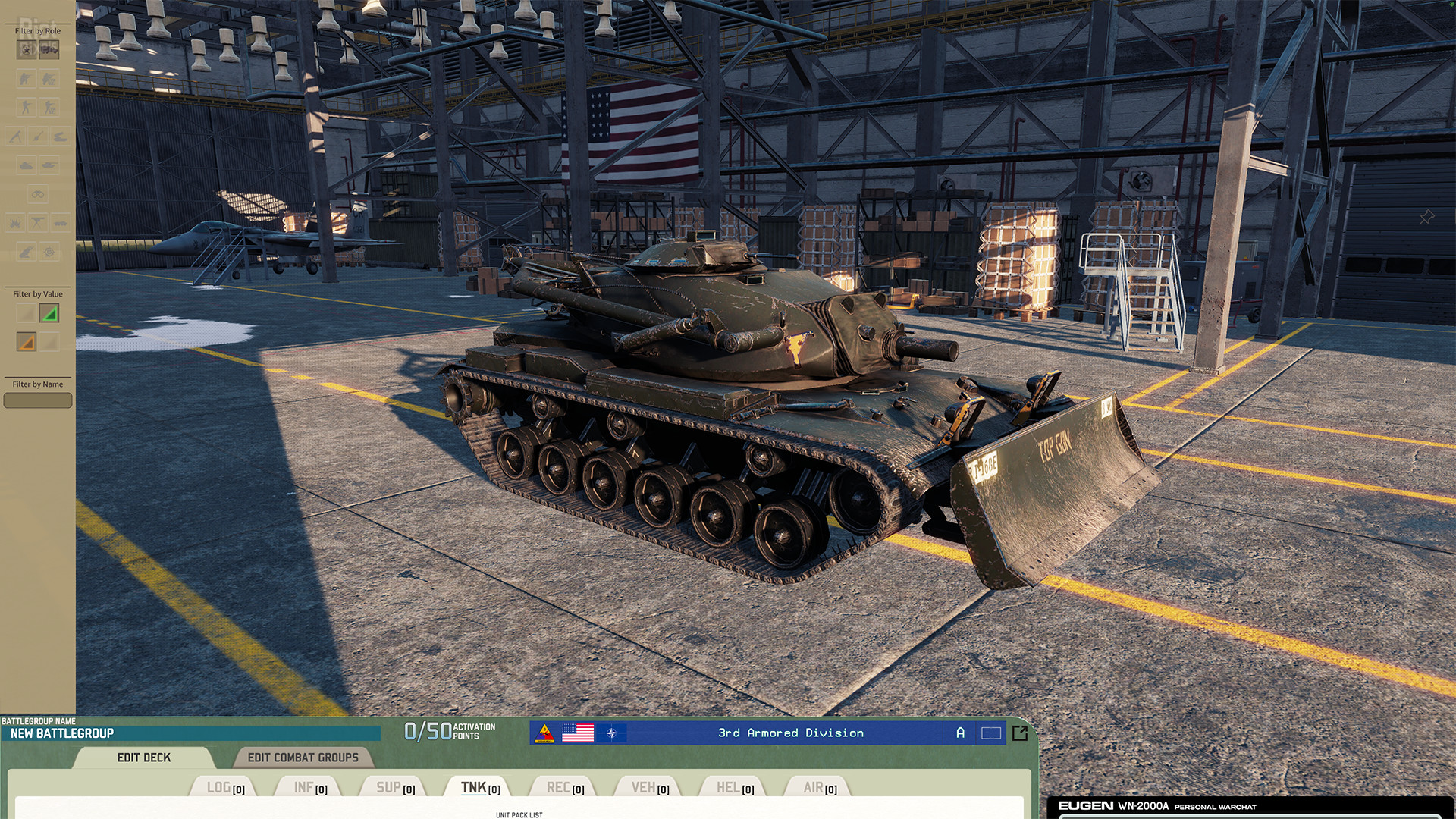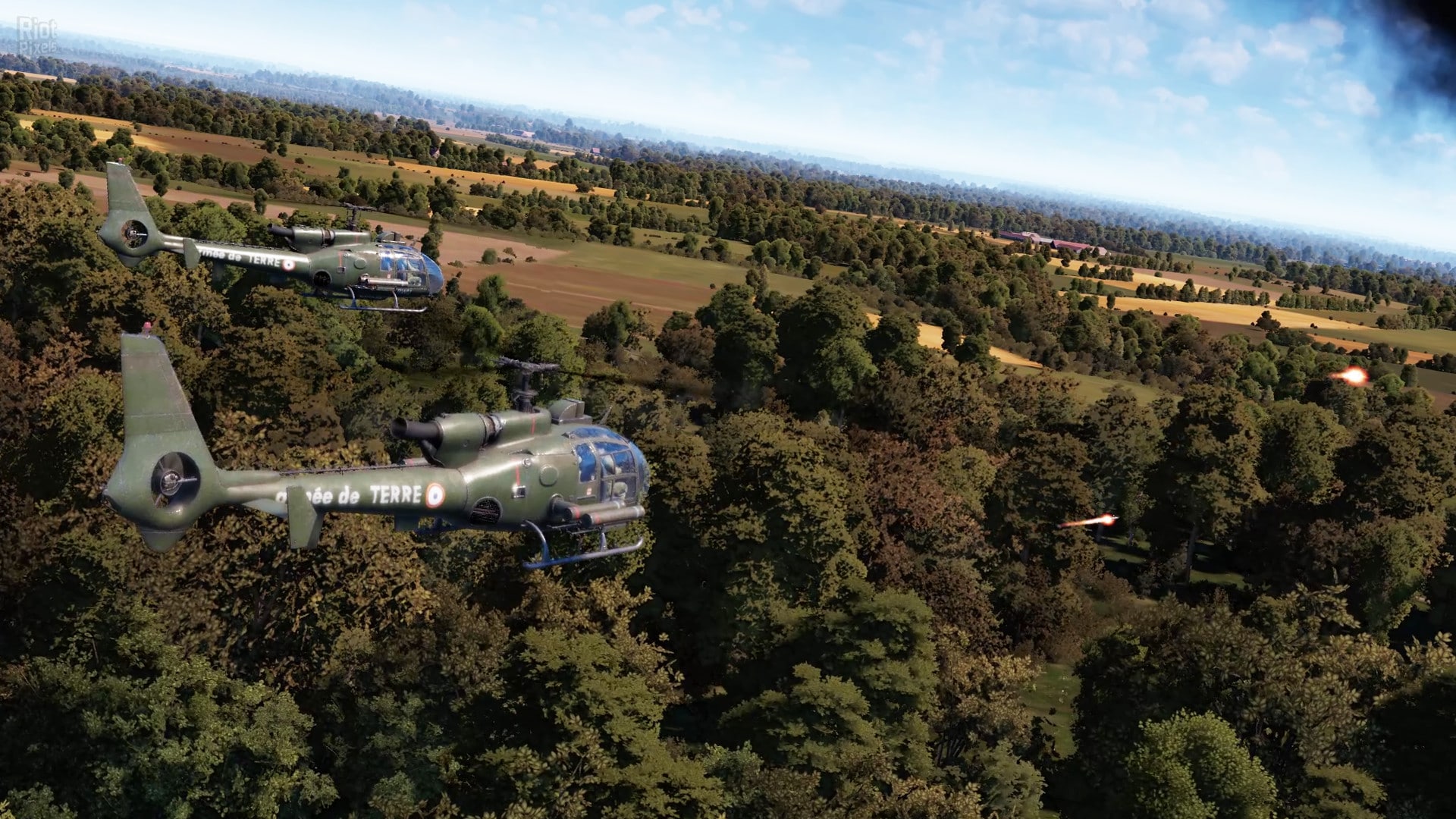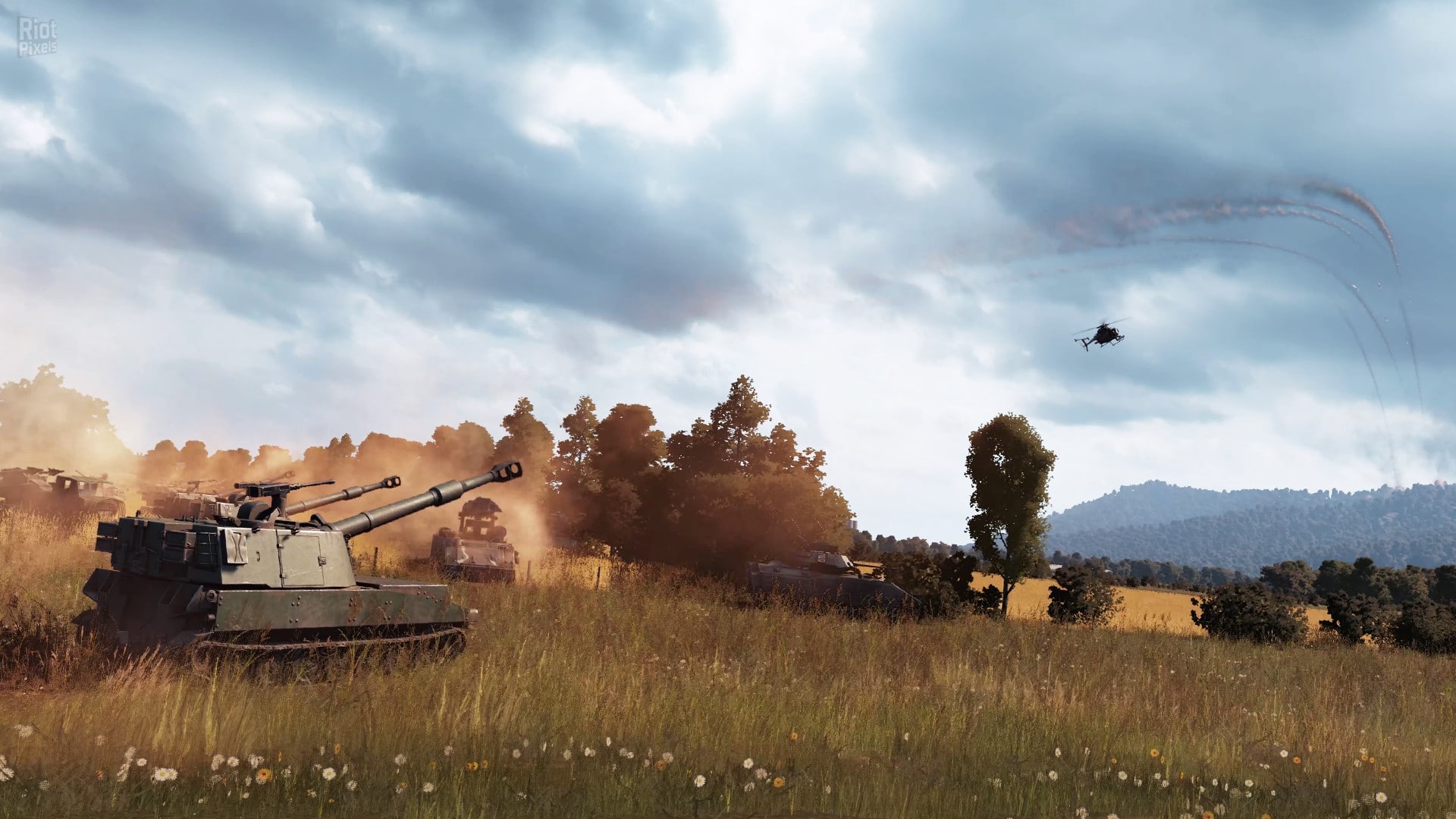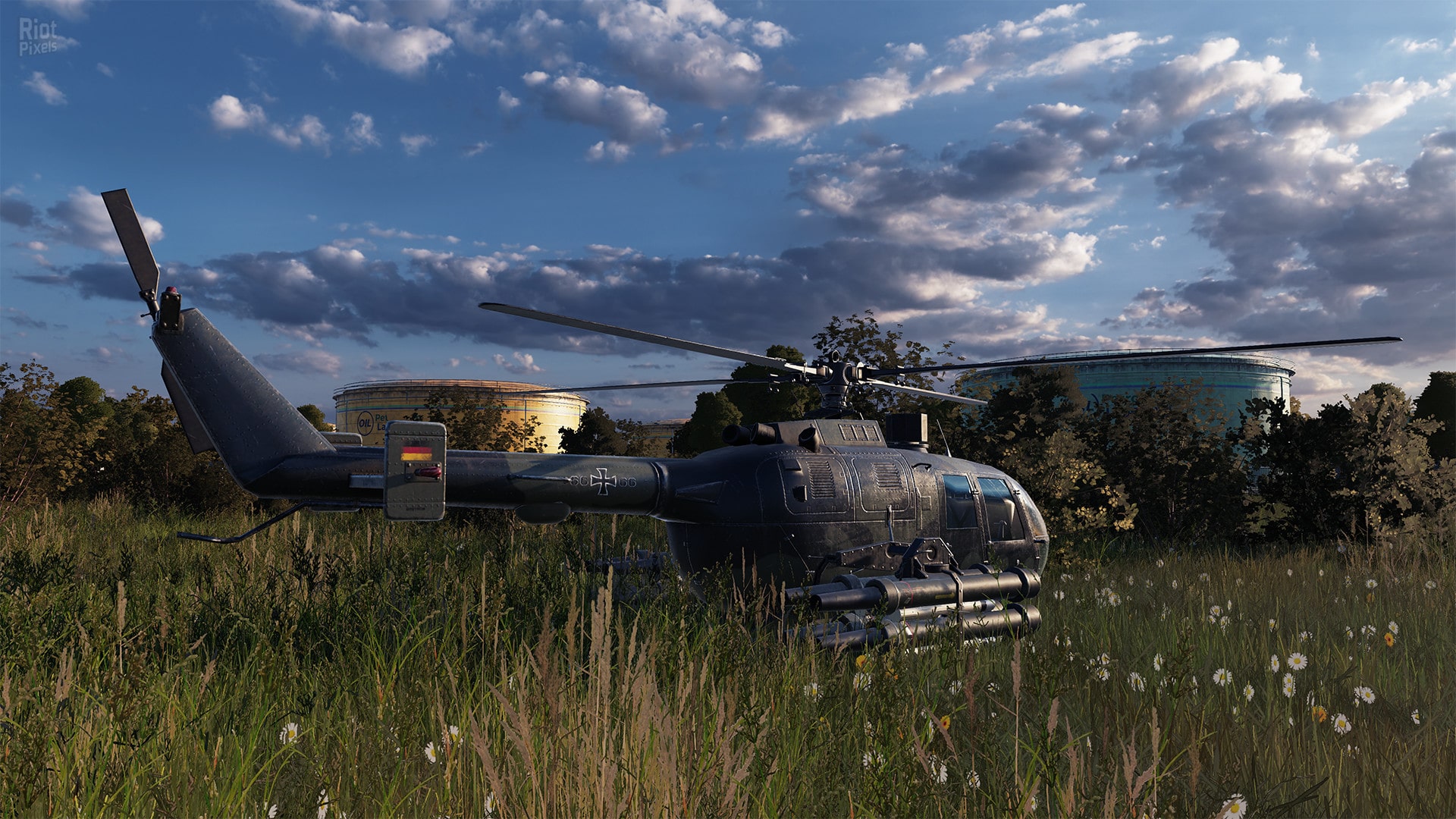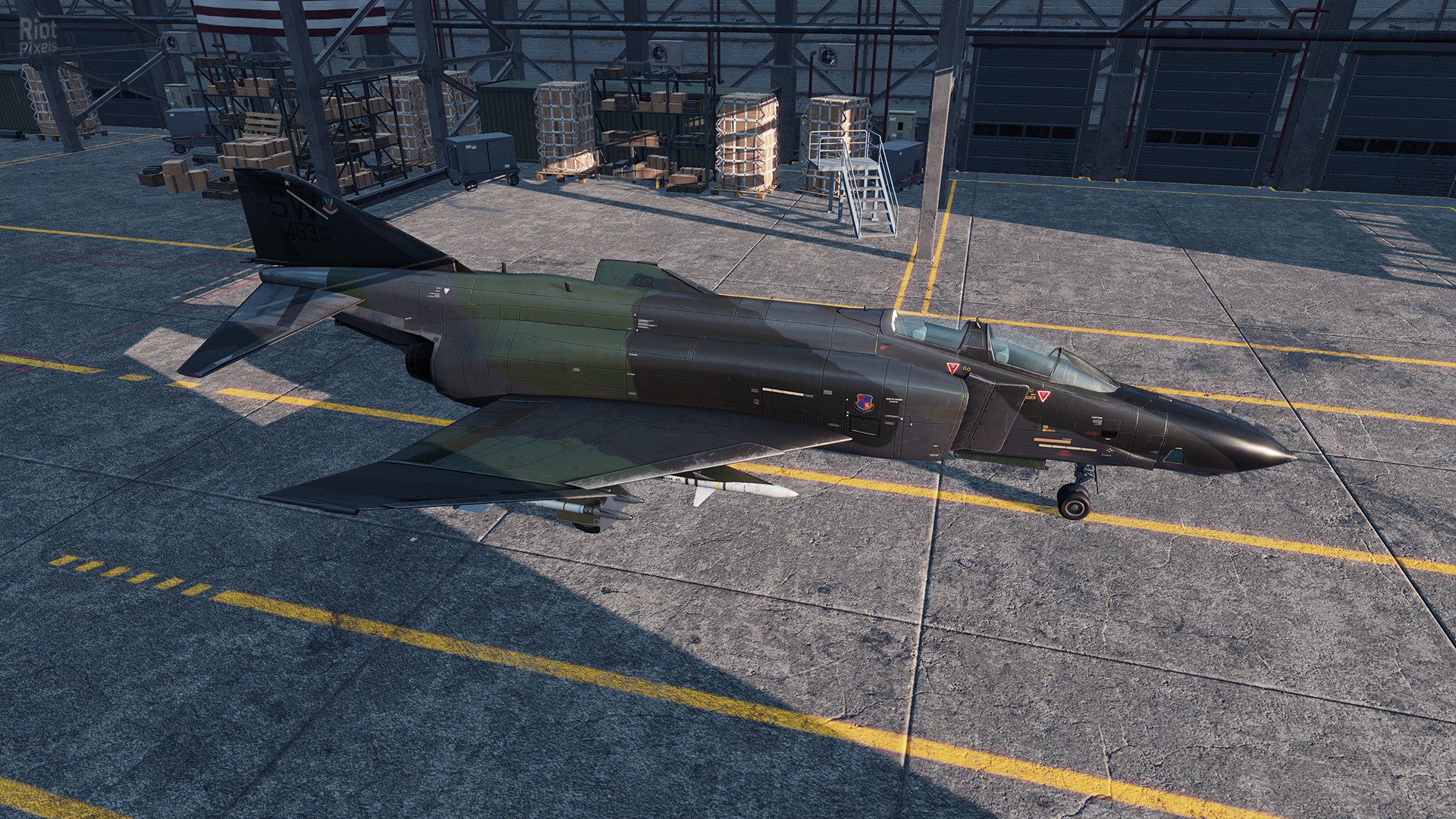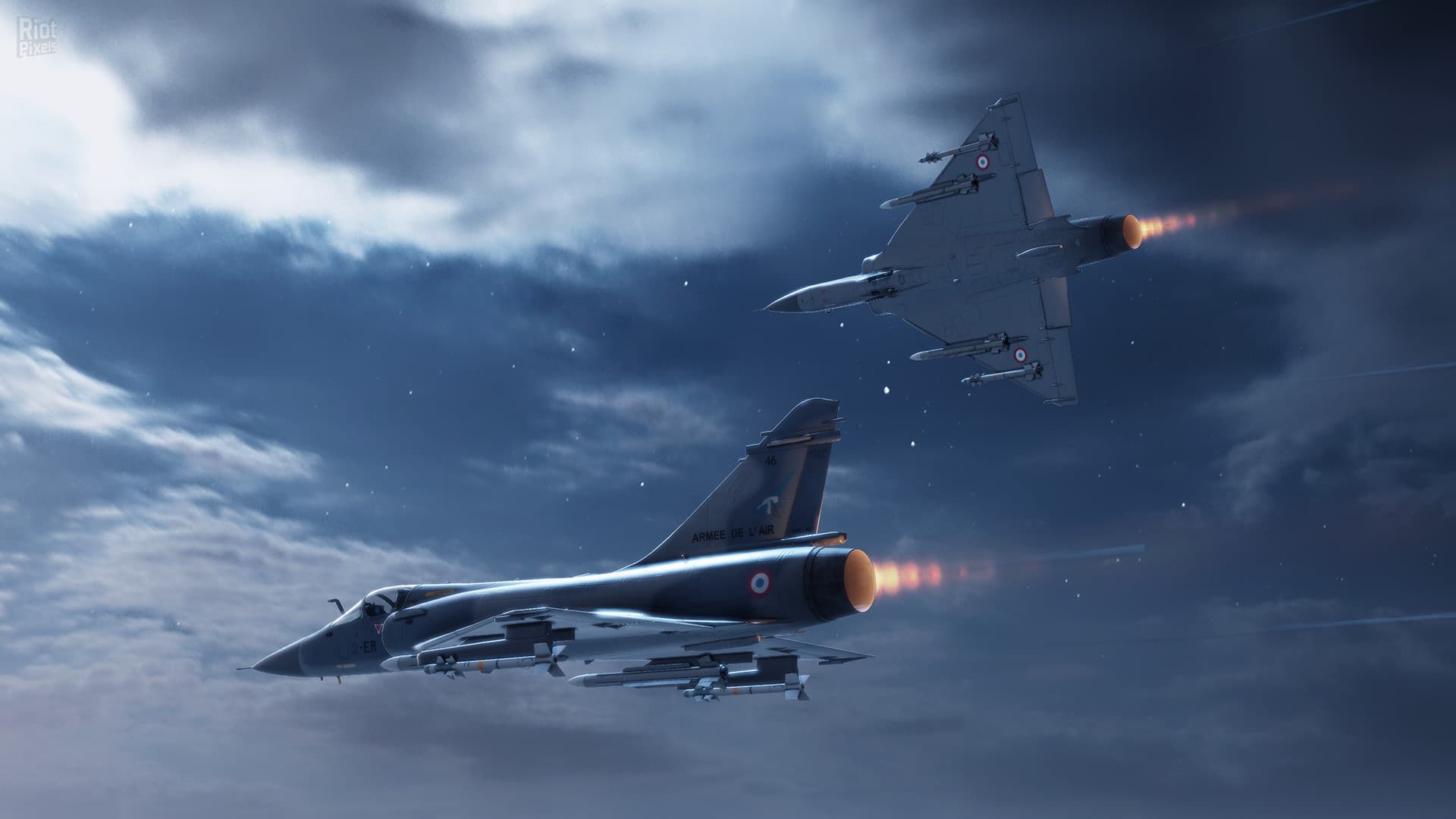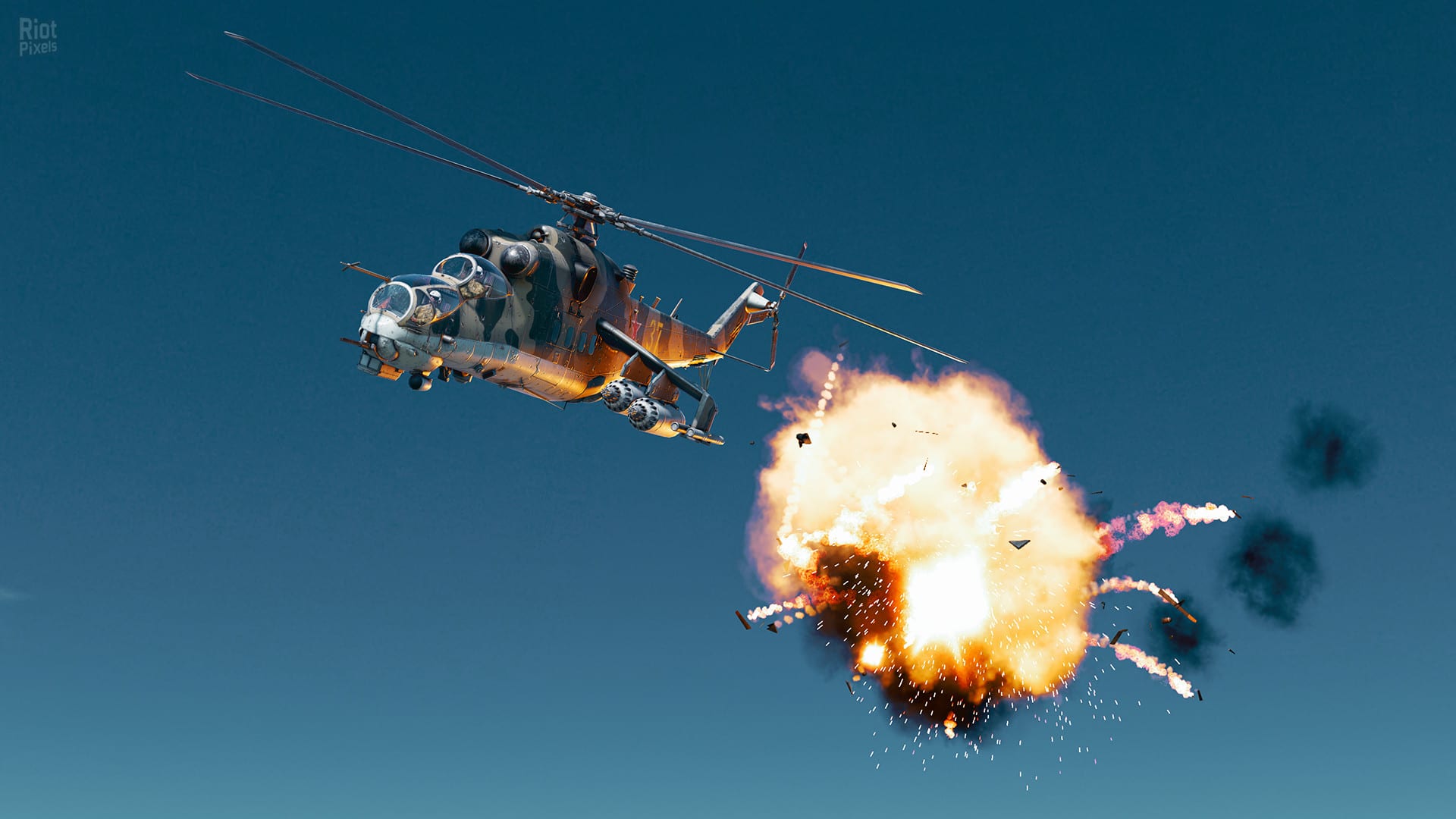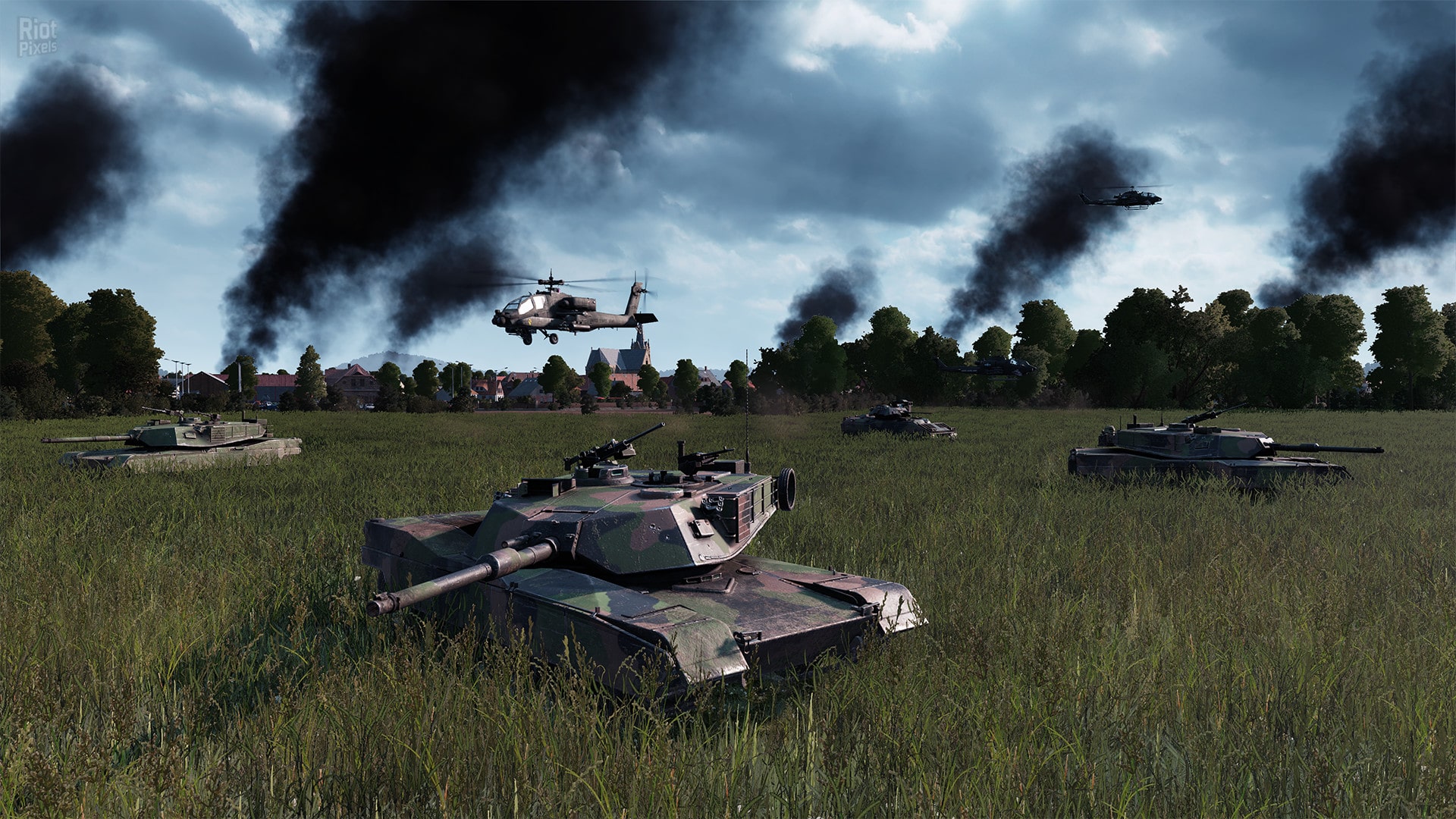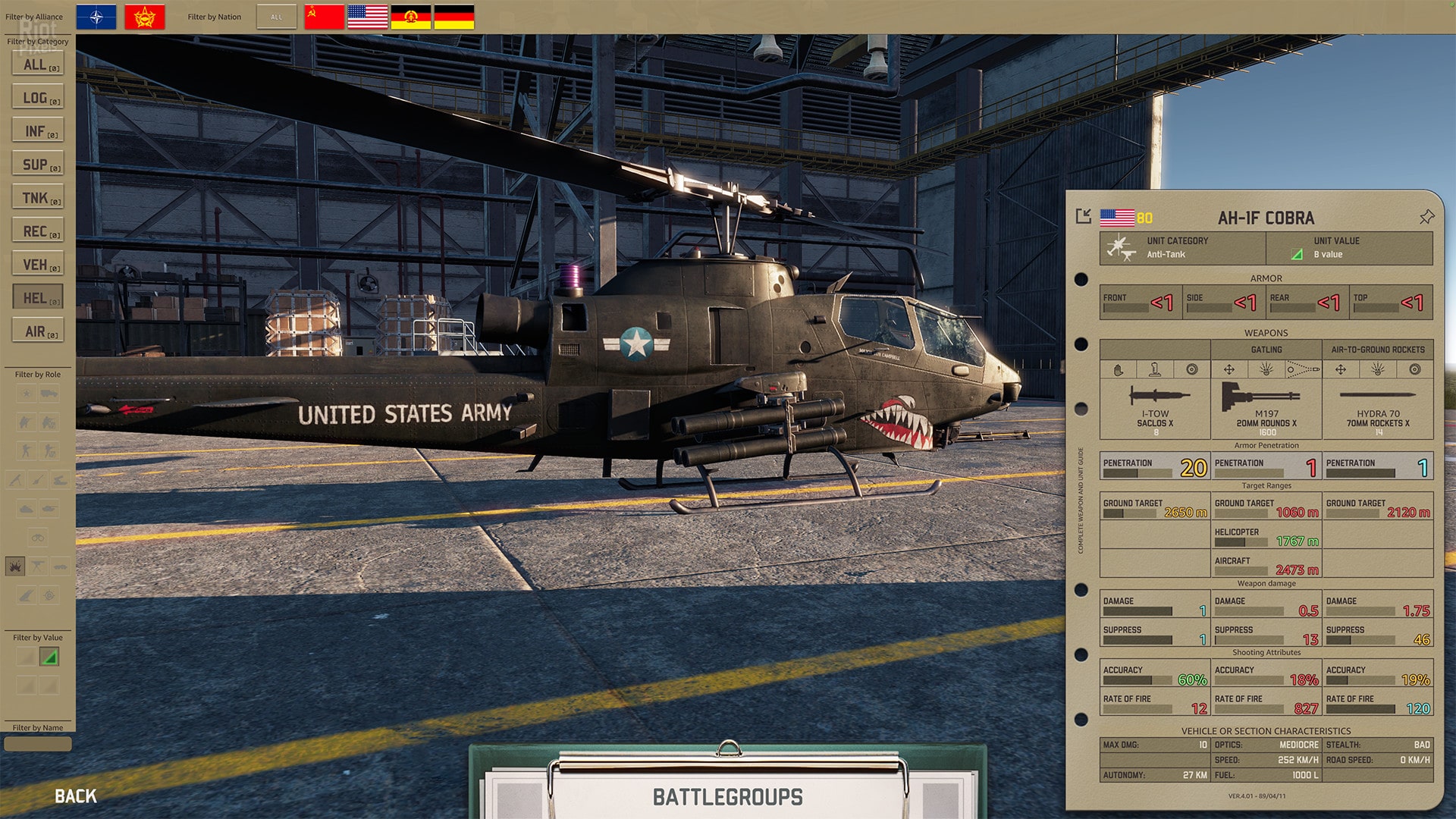Warno brings the Third World War back into the strategy genre and in the test acts like a good old friend you haven’t seen in a long time.
Warno sends you back to the 1980s: the Warsaw Pact and NATO are in conflict, the Third World War breaks out and you are in the middle of it as a real-time strategy general. Wait, does this sound familiar? That’s right: Warno is not only the spiritual successor to the Wargame and Steel Division series by the same developer. No, it is rather the logical continuation of the older games by Eugen Systems and combines many aspects of the two series as well as the old World in Conflict. In Warno, Eugen Systems once again relies on tried and tested, but demanding real-time strategy, which plays more smoothly and fluently than in Wargame: Red Dragon.
One thing first: Warno is currently still in (Early Access on Steam) at a price of currently 30 Euros and only a fraction of the planned features are available. But I just couldn’t wait to finally dive into exciting and challenging battles with (almost) modern war equipment again. That’s why I threw myself straight into my gala uniform of sweatpants and gaming hoddie and took command.
Table of Contents
In Warno you are spoilt for choice
In the Early Access version you only have two divisions at your disposal: On the NATO side the American 3rd Armored Division and on the Soviet side the 79th Guards Regiment. Once we have decided on a side, we immediately encounter the first major innovation compared to the predecessors.
In Wargame: Red Dragon you still had the possibility to build completely free decks from vehicles of all nations or to focus on one nation and/or type of combat such as armoured and collect any bonuses. In Warno, you have to choose a historical division from whose pool you build your deck. In the full version of the game, there should be a large number of divisions. Eugen promises all the formations (from the Fulda Gap) of both sides, which can be used in different roles, such as breakthrough, defence or support.
(Fits you if)
- You are looking for exciting and tactically challenging real-time strategy battles in multiplayer.
- Micromanagement is your passion.
You are passionate about alternative history scenarios and detailed military technology.
(Doesn’t suit you if)
- you prefer to spend your time in single player.
- You don’t like stress and lightning decisions.
- You don’t like stress and lightning decisions.
With the 3rd Armored Division of the US Army, a breakthrough unit is directly at your disposal. Its strength lies in armoured units; among other things, you can lead the modern M1A1 Abrams tank into the field. You also have access to mechanised infantry, but the barbed wire jumpers are only available in limited quantities.
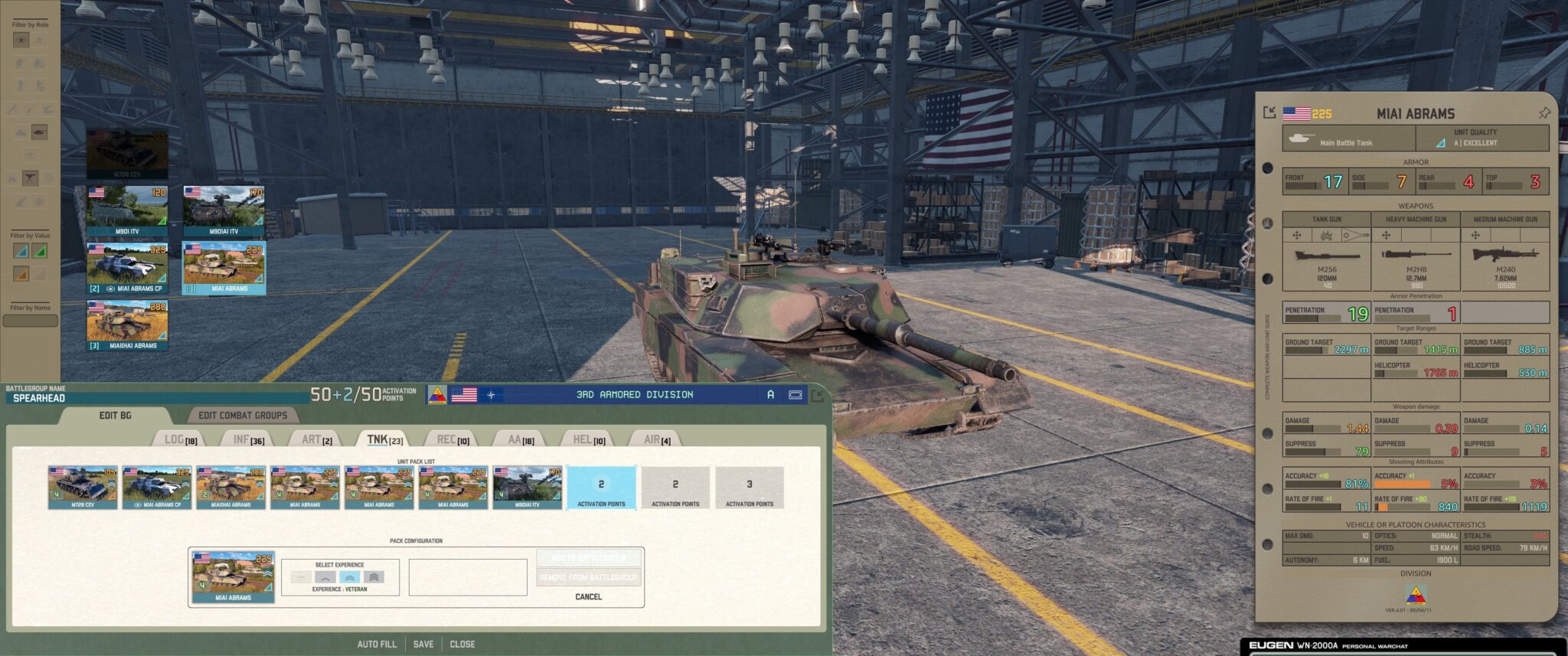
At the moment the selection is still very manageable. Rivet counters like me still miss one or two vehicle variants like the M1 Abrams with the 105mm cannon. But the game has only been in the Early Access phase for a short time and Eugen Systems promises more than 600 vehicles for the warring parties USA, UK, Federal Republic and GDR, France and of course the USSR for the release.
However: In the quasi-predecessor Wargame: Red Dragon, more than 2,000 different units are available, albeit distributed over far more factions. But hobby strategists need not despair: Eugen Systems has already fed the game with further content after the release of Steel Division 2, including new divisions, units and even factions.
Hectic and not for beginners
So far, only two game modes are included in the Early Access version: the multiplayer for up to eight players (10vs10 is to follow) and the skirmishes in single player. Capture the Flag is the only game mode. With the help of command vehicles, you capture sectors on the map.
Each sector has a point value between one and three and as soon as one side controls more points than the opponent, the points account is filled. Once you have reached a certain number of points or destroyed the enemy, you can call yourself the winner. You do not build a base, you order supplies from the menu with earned points, the fresh troops then drive from the edge of the map onto the battlefield.
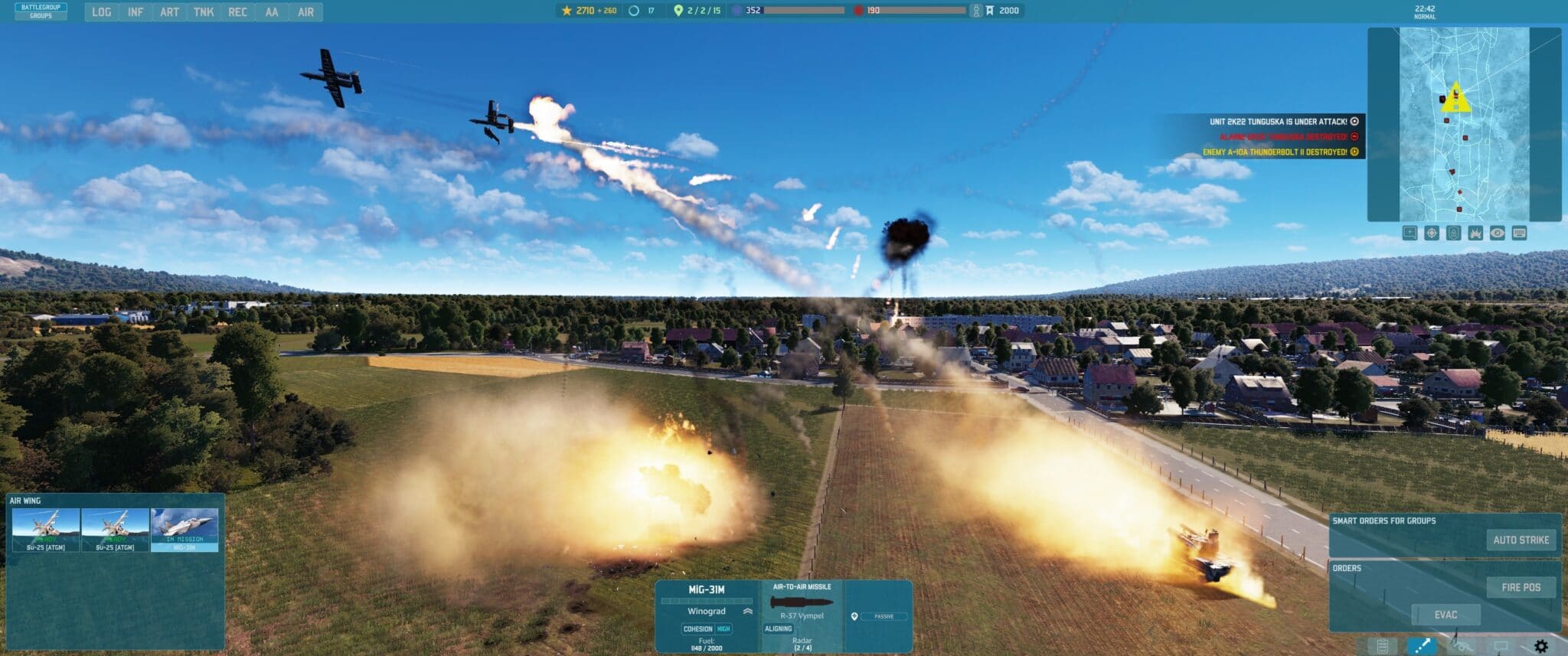
An aggressive style of play is clearly an advantage here, which on the one hand pleases me as a tank player, but on the other hand the pressure of time and points encourages the use of rush tactics such as the massive use of helicopters. Before the real-time battles start, it is important to think about tactics and starting units, which is the key to success, especially in multiplayer battles. To do this, you can use the chat and place a series of marks on the map.
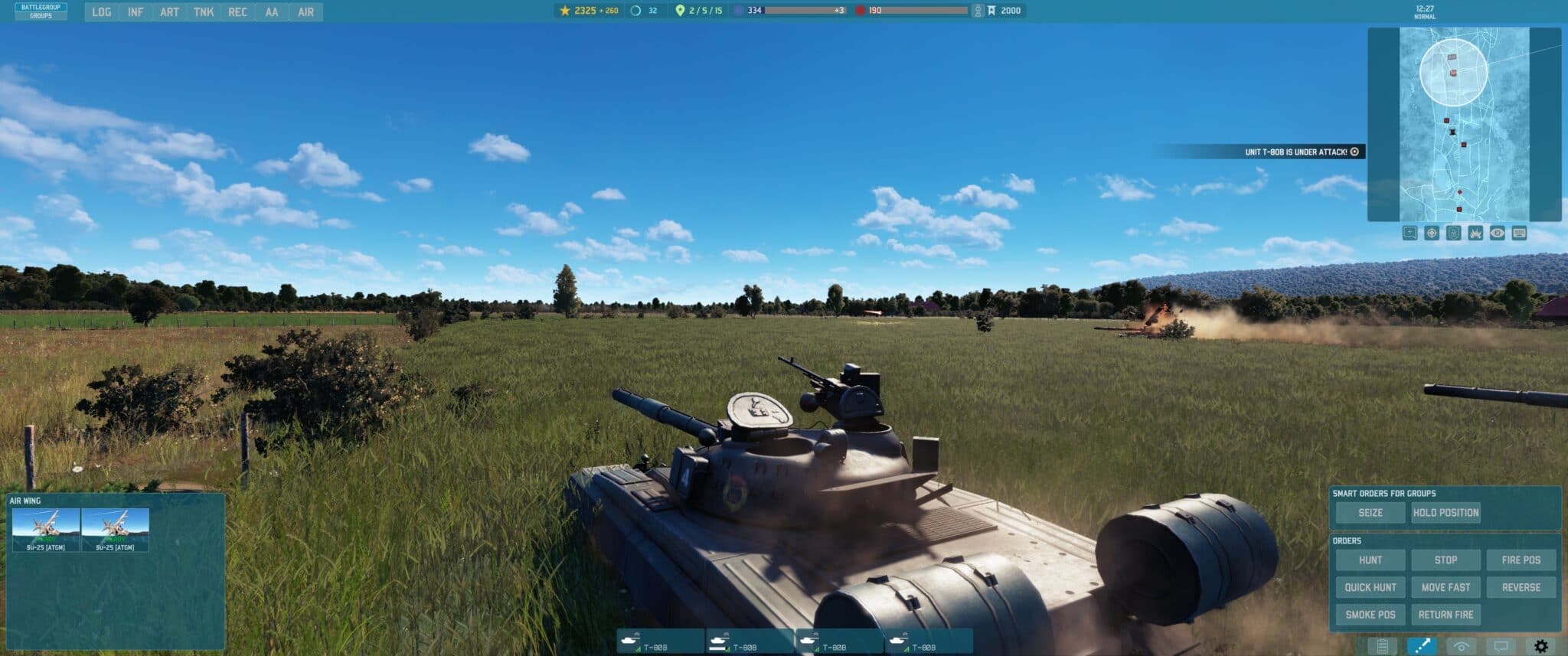
The tutorial is currently locked, which poses a big challenge to newcomers in particular: figuring out what the heck is actually happening here! Because Warno is not a beginner-friendly game. Eugen Systems apparently assumes that every Warno player already has experience with Wargame or Steel Division. As a rank beginner but also as a rusty veteran, you should first play one or two games against the light AI to get a feel for the game.
Because Warno shines again with a deep and layered scissors-rock-paper system. Tanks have no business in cities, infantry in return are mowed down by machine guns in the open field and helicopters are vulnerable to air defence.
The best of both worlds
Eugen Systems has learned from the mistakes of the previous titles and integrated many comfort improvements into Warno. For example, you can already give orders when setting up units, in order to order your tank to make a quick advance on an important control point in the middle of the map. A promising innovation is the forward deployment of reconnaissance units, which makes the use of this essential unit even more exciting. This creates skirmishes around important hill ranges or forest areas right at the beginning of a game.
Another exciting innovation concerns aerial combat. Each aircraft has a time-to-target: the game indicates how long the unit needs to reach the combat area. This makes the use of interceptors and air superiority fighters in particular more complex than before. Enemy air strikes must be anticipated or the own fighters must already be deployed to secure airspace in the rear.
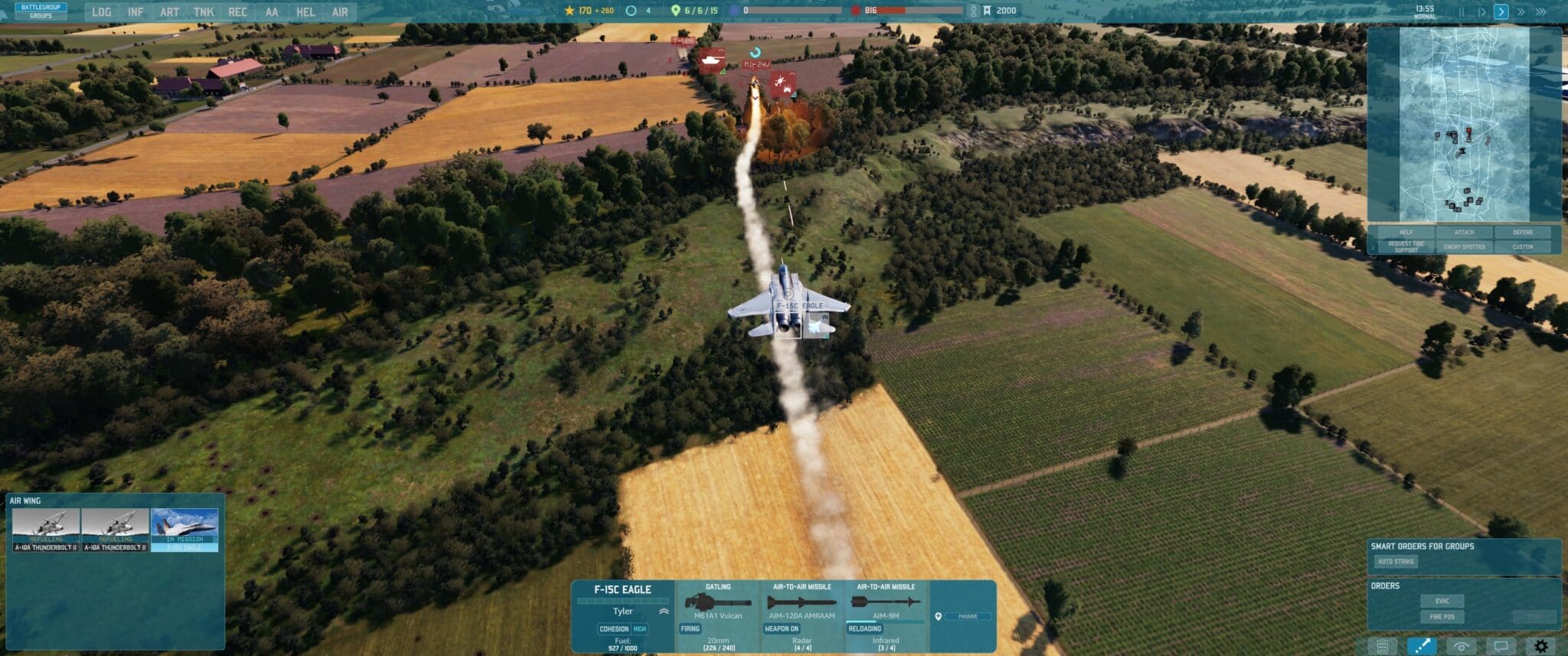
But for all the positive gameplay changes, Eugen has failed to clean up the interface. While the user interfaces in Wargame and Steel Division were still quite spartan and sometimes you wished for some additional information, Warno overwhelms us with an unnecessary multitude of information, graphics and data. This has looked better in the past.
Preliminary rating box
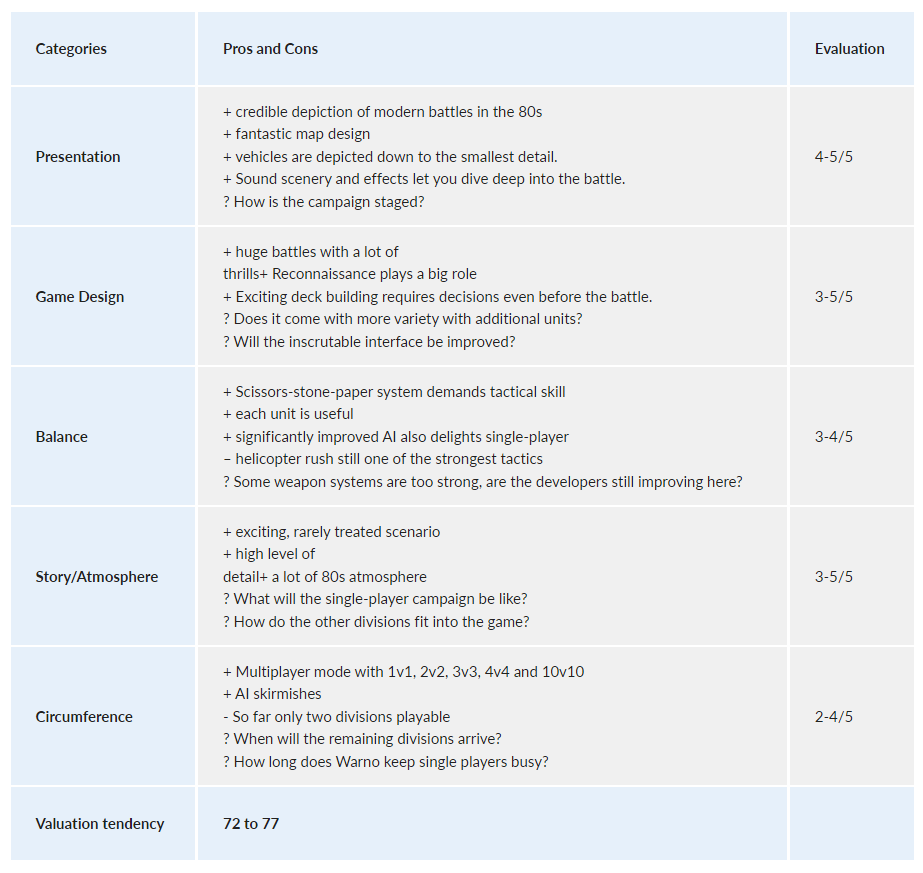
Editorial conclusion
There’s not too much in the Early Access version of Warno yet, but what’s there is really fun and arouses real anticipation. The new deck-building system promises exciting battles and demands creative solutions to problems. Especially in larger multiplayer games, Warno is almost reminiscent of World in Conflict with its distribution of roles. I am sure that so far we have only seen a fraction of Warno’s potential. There are still massive problems with the game balance of the divisions, the interface urgently needs tidying up and it remains to be seen how the single-player campaign and the operations will play. Those who have never come into contact with a game by Eugen Systems will not be happy with Warno. Veterans, on the other hand, will be happy about many small improvements.

